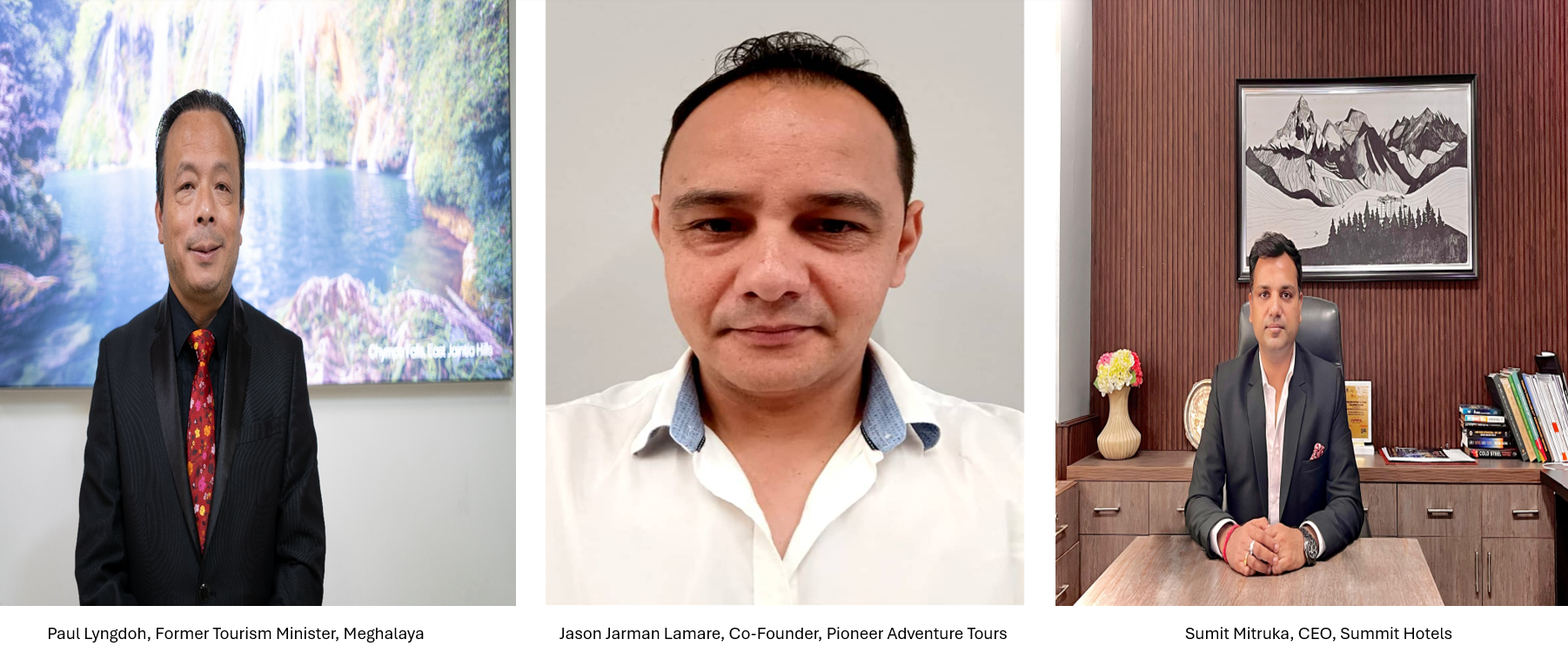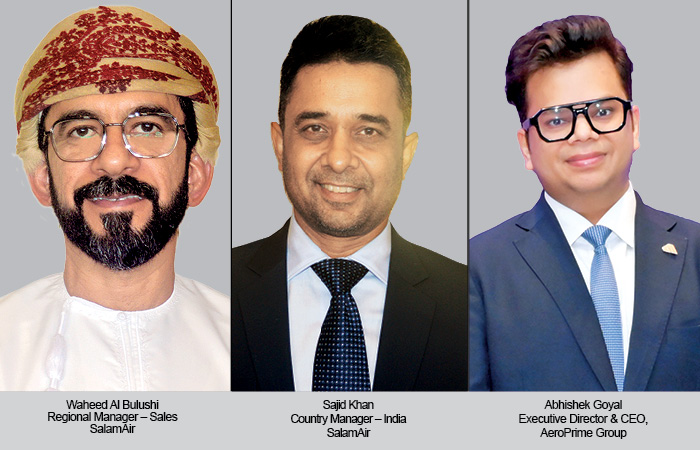The luxury trains business in India is valued at `80 crore but the tapped market is pegged only at `20 crore, informs Naveen Kundu, Founder and MD, Leisure Corp. Kundu details the path for growth of rail tourism in India and the expected role of the government in growing the business of tourism through luxury trains.
ANKITA SAXENA
While 2016 was a slow year for The Rail Journeys, the luxury trains division of Leisure Corp., 2017 brought in better business. In 2016, The Rail Journeys sent 450 passengers on the five luxury trains in India which increased to 750 passengers in 2017. The company is hoping to send at least 1000 passengers on various trains this year, informs Kundu.
“We have revolutionised the consolidation of luxury trains in India. We are trying to spread the message that India is a luxury destination, not a mass destination and the only country which has five luxury trains. On the third anniversary of The Rail Journeys, we want to acknowledge the local destination management companies who promote the luxury trains overseas to their foreign tour operators and get inbound business to India,” Kundu says.
Drawing the profile of the luxury train passengers, Kundu points out that the UK and the US are the largest source markets for luxury trains in India, sharing 70 per cent of the total business. The passengers are mostly affluent NRIs and retired persons who have the time and money to spend on experiences. Kundu says, “The average cabin cost is $6000- $7000. The largest selling luxury train is Palace on Wheels since it’s the oldest and most established. The luxury trains business is worth `80 crores and currently the five trains are occupying only `20 crores market share.”
The government needs to be a facilitator and help provide good policies and reduce infrastructural and operational cost to make luxury trains more affordable
Elaborating on the USP of the company, Kundu explains that Rail Journeys buys its inventory, consolidates it and then gives it for distribution to the local travel agents to further sell to their FTOs. He adds, “We do not sell directly to the FTOs as we believe in increasing the fair share of the market and not just the company’s market share in the business.”
Identifying the path of growth for luxury trains in India, Kundu elaborates, “The government has to give up ownership of the trains and give its operations to the specialists. It should not be put up for PPP model and thus bidding for any corporate as they may or may not be experts in the luxury trains business. The government needs to be a facilitator and help provide good policies and reduce infrastructural and operational cost to make luxury trains more affordable. Let the private players sell and run the trains and the profits can be shared with the government. Currently, the trains clock about 35-40 per cent occupancy which can be raised to over 90 per cent.” He further says that there is a potential to start 4-5 luxury trains in India—one in Punjab, two in South India, Shimla and Darjeeling, etc.
Enjoying Monopoly
- Having revolutionised the consolidation of luxury trains, India is the only country which has luxury trains
- The UK and the US are the largest source markets for luxury trains in India
 TravTalk India Online Magazine
TravTalk India Online Magazine





